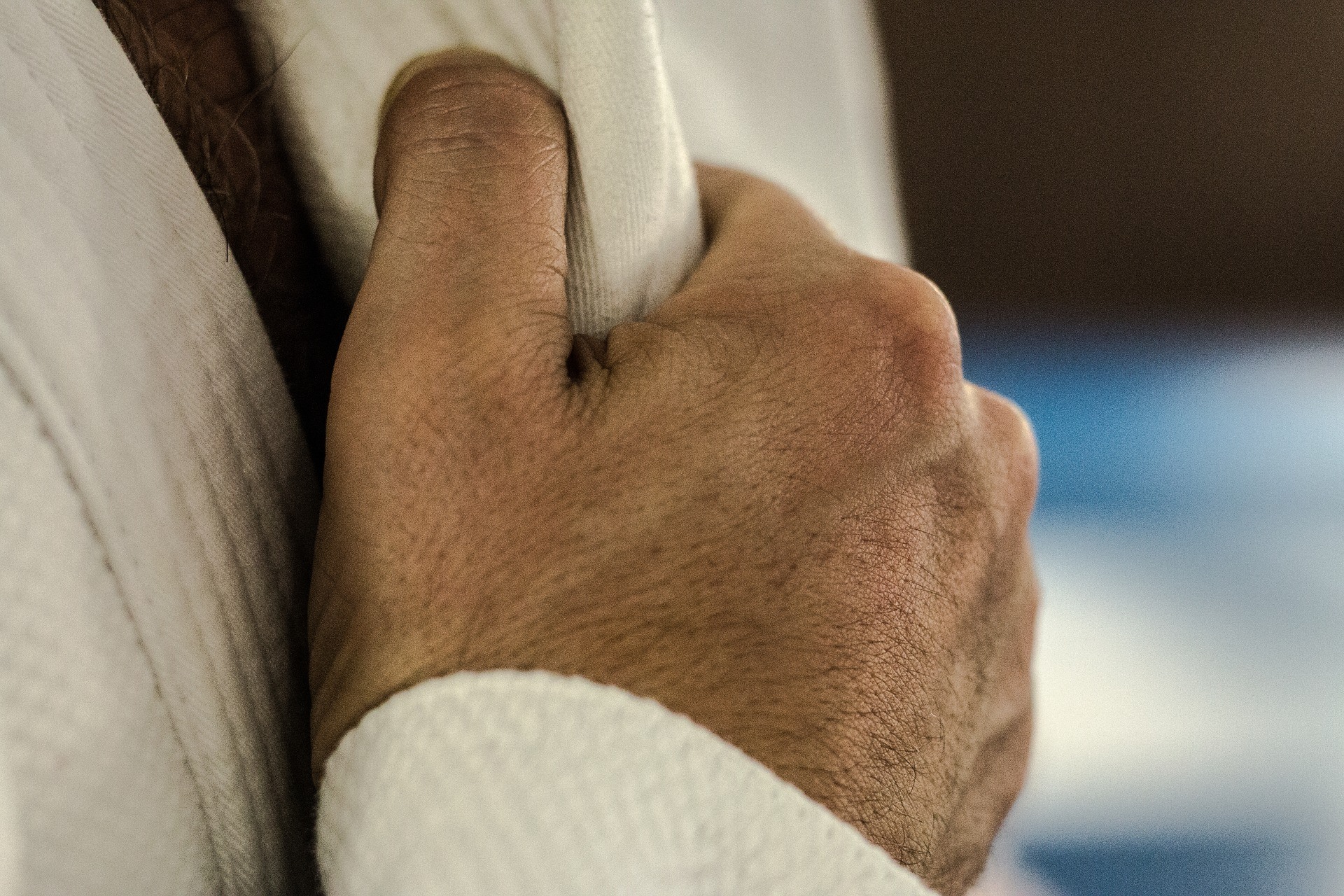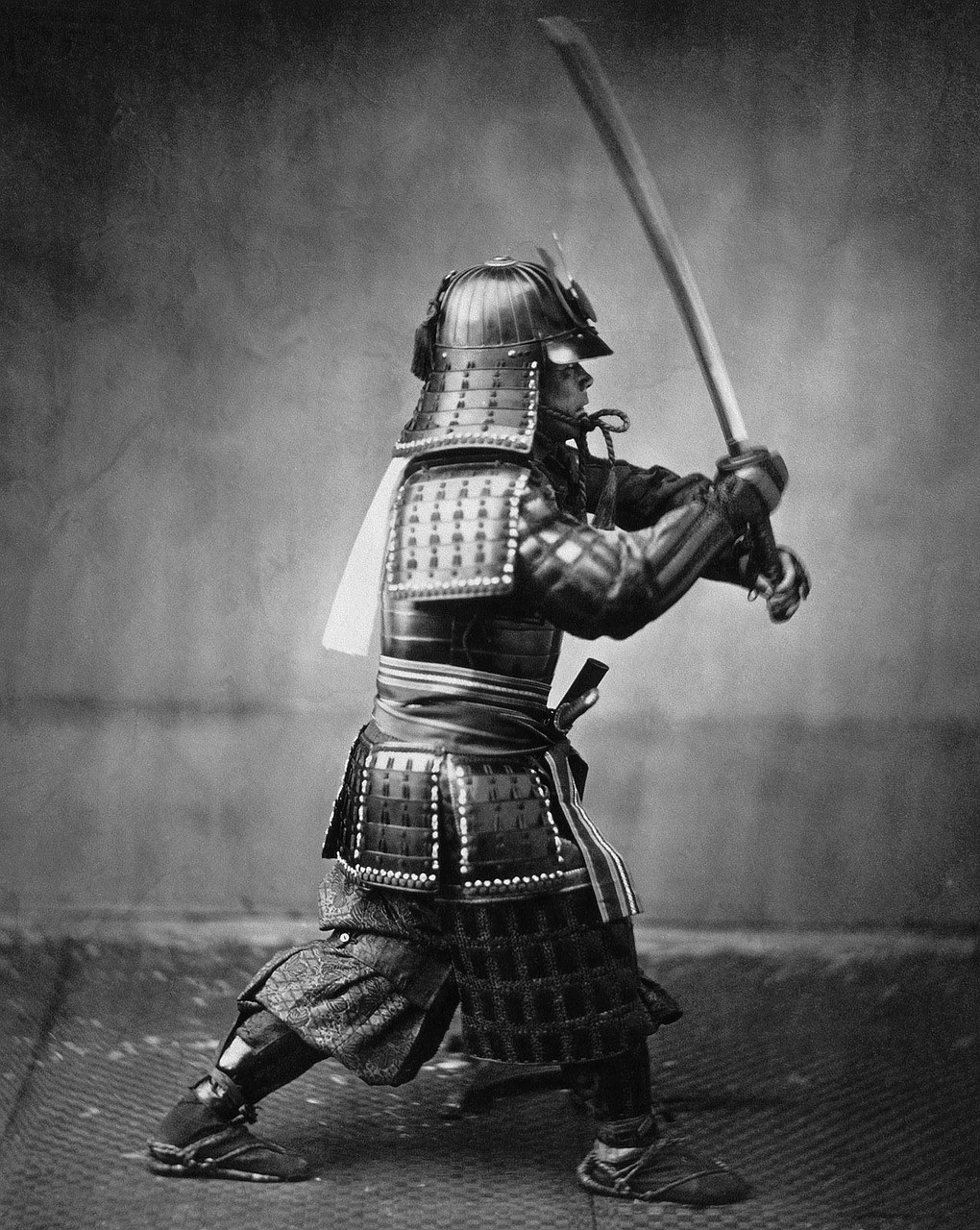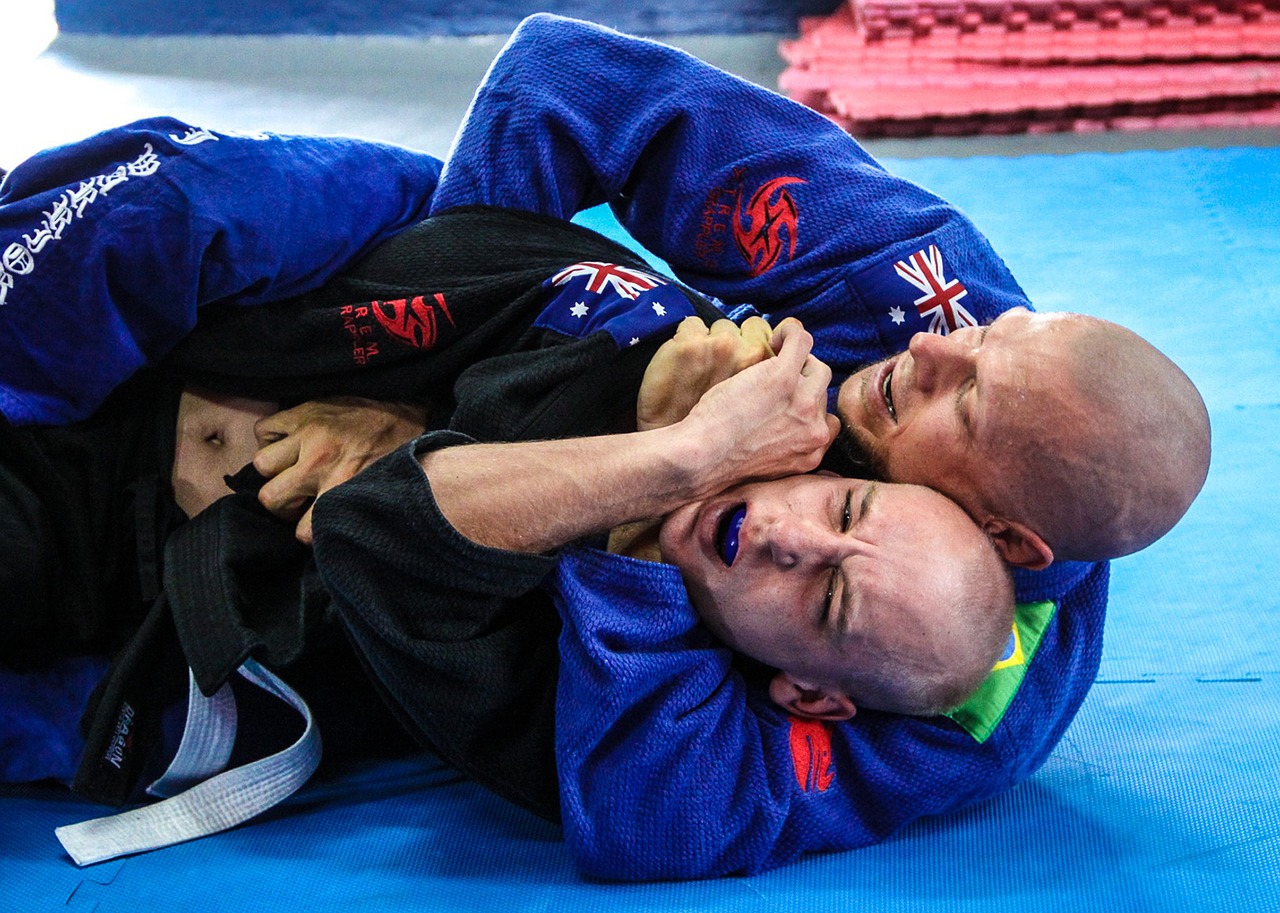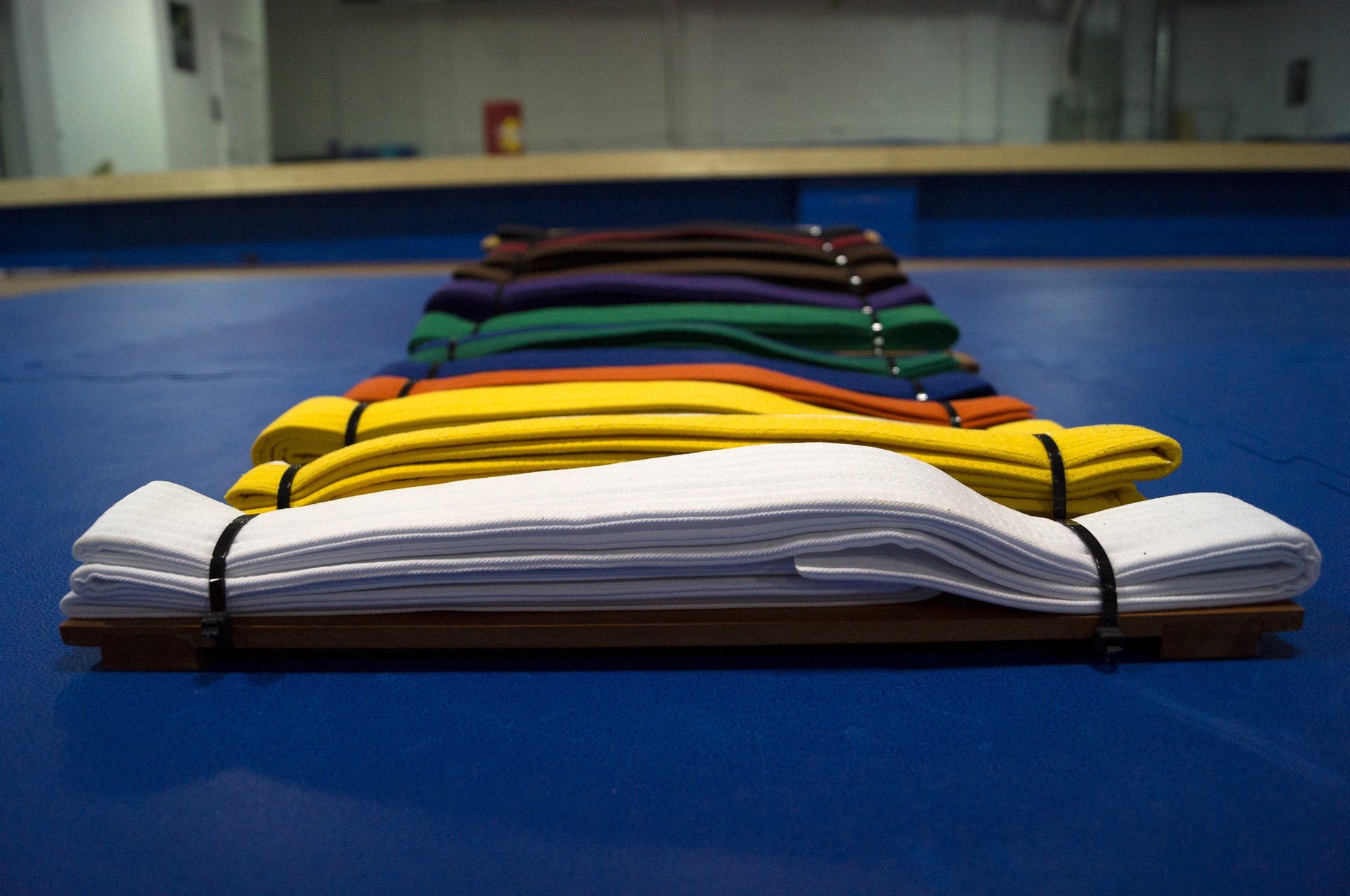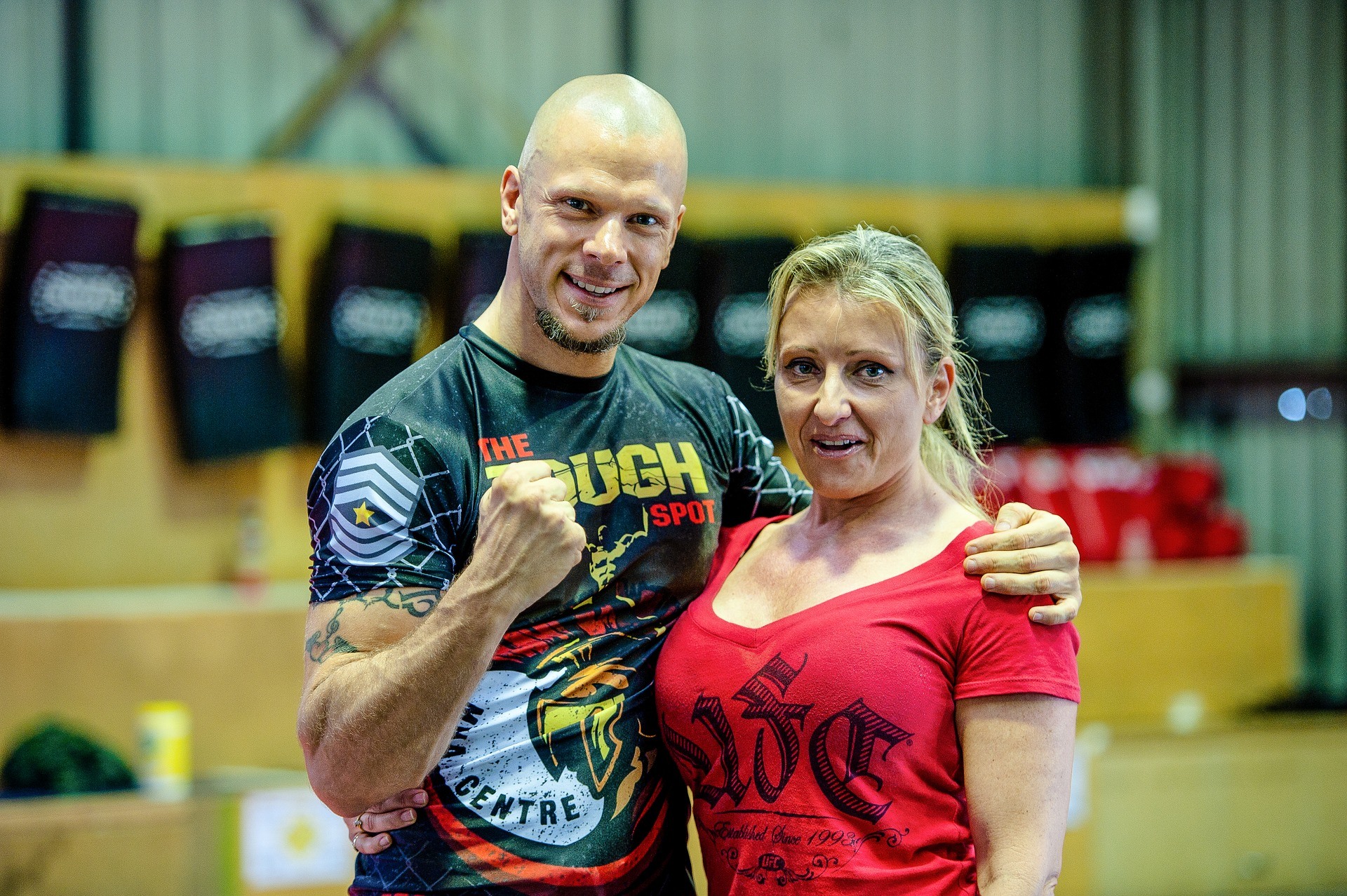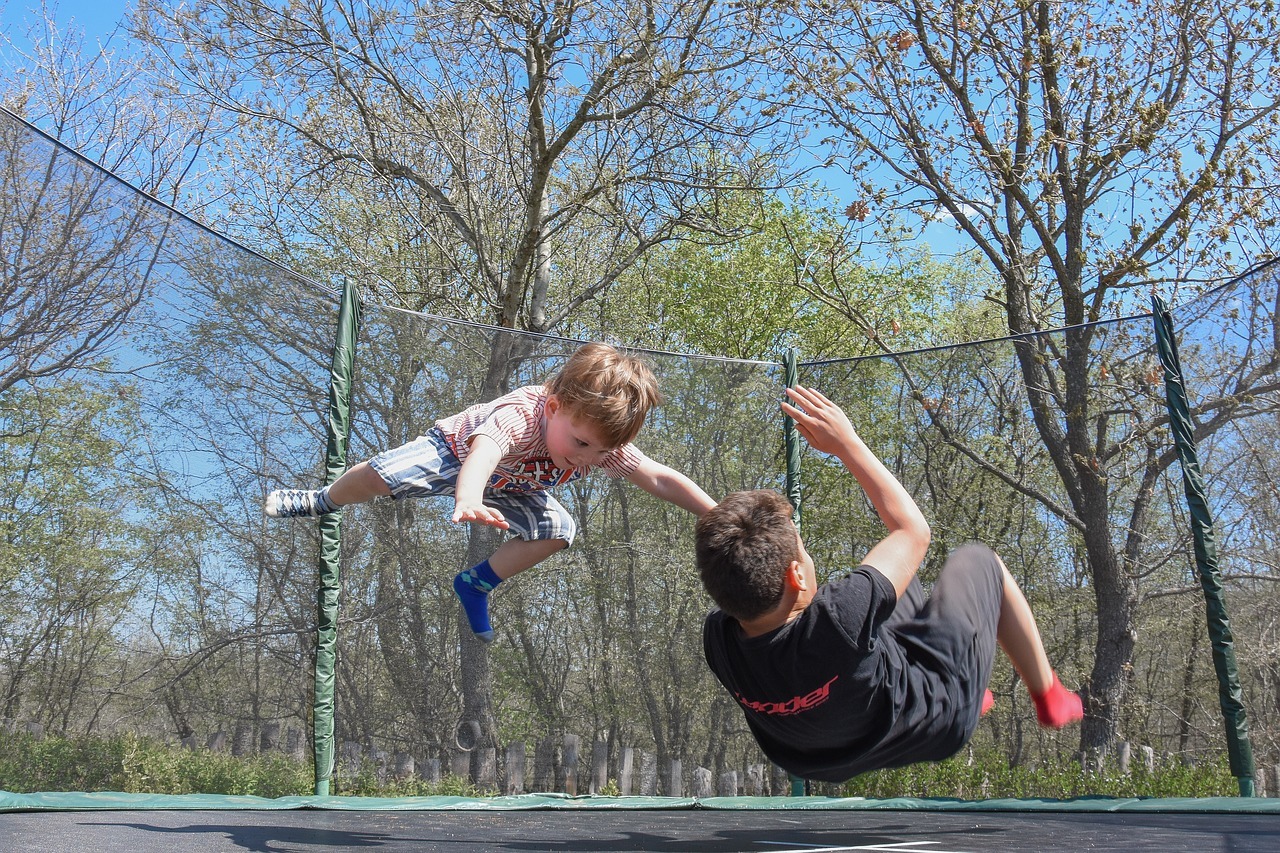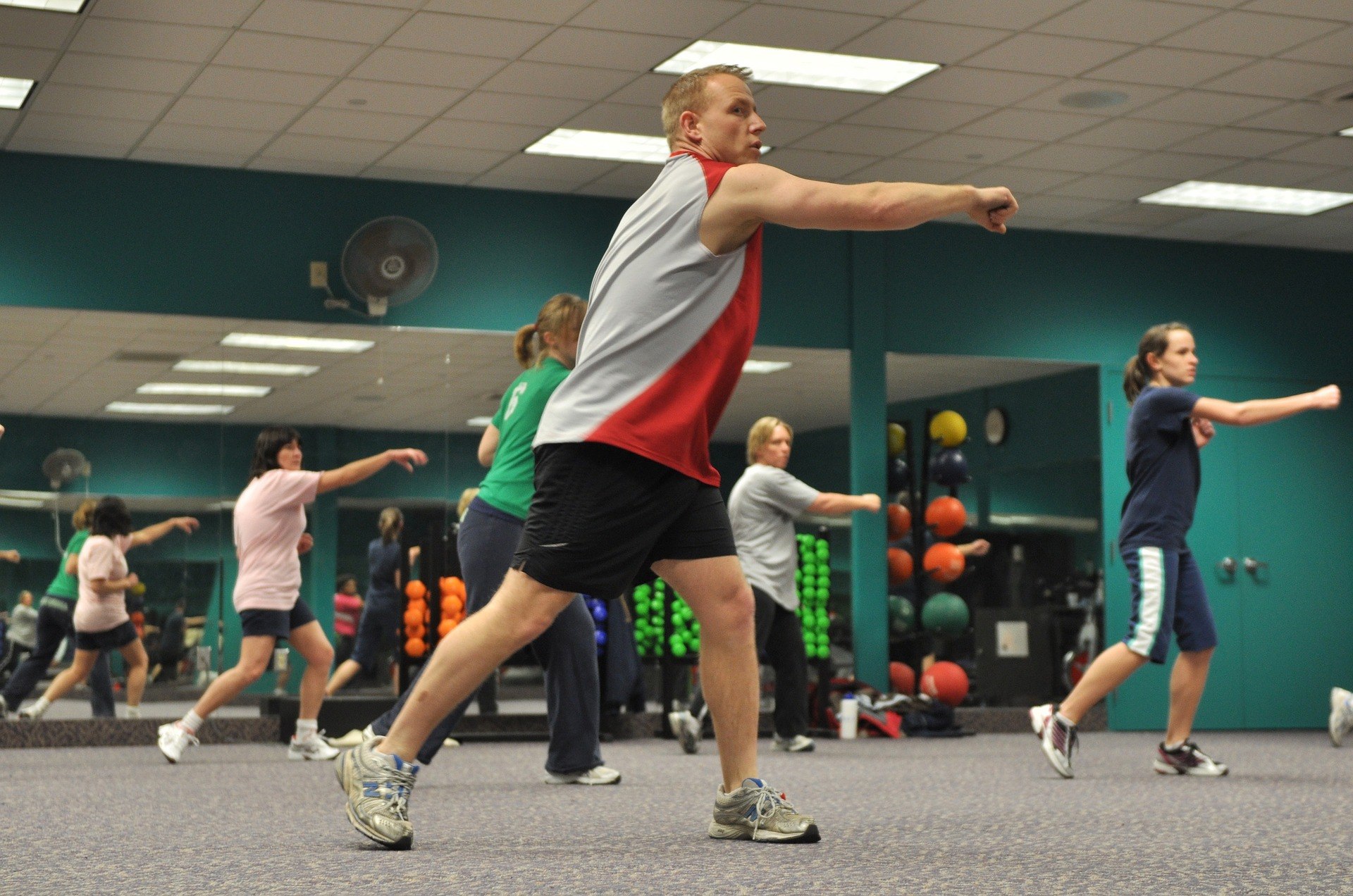- You are here:
- Home »
- Training »
- Judo vs Jiu Jitsu: 10 Amazing Facts You Should Know About Them

Judo vs Jiu Jitsu: 10 Amazing Facts You Should Know About Them
At an initial glance, it can be common for many to mistake judo and jiu jitsu for the same art. The pair do share many of the same techniques. Even their uniforms appear identical (although there are differences), not to mention the fact that several martial arts gi are made to be universal. We wanted to further explore the whole judo vs jiu jitsu phenomenon by breaking these two historic practices down and coming up with 10 incredible facts sure to entertain any fan or budding practitioner.
1. Rooted in Japanese Culture
When you think about judo vs jiu jitsu, it is impossible to separate either from their Japanese roots. Jiu Jitsu first came about during the Sengoku period (c. 1400-1600). At the time, it was needed on the battlefield when weapons failed fighters in close combat situations.
Focusing on judo, its inception came to be thanks to a former jiu jitsu practitioner and eventual educator by the name of Jigoro Kano. Once jiu jitsu began to fall out of fashion in modern, westernized Japan in the mid to late 1800s, Kano combined much of what he learned over the years in jiu jitsu with his own modern set of ideals and principles. Eventually, it led him to develop judo.
2. Less Striking, More Throwing
Both judo and jiu jitsu place an emphasis on techniques that go beyond simple striking. This is especially apparent with traditional jiu jitsu. Due to jiu jitsu being developed for use when a weapon failed in close combat on the battlefield, people anticipated fighting armored attackers. Any type of strikes became useless, giving jiu jitsu a focus on the likes of throws, chokes, etc.
As judo extended from jiu jitsu, it’s a given that the art focuses on throws as well and less so on striking. There are indeed strikes found in the art, but they are not focused on as heavily as throwing, grappling, arm locks, and other similar, more effective techniques.
3. Deadly Force in Ancient Times
Samurai were taught to use jiu jitsu as another line of defense if they ever lost their weapons. The ideal outcome in any fight on the battlefield is for the other man to never get back up. So, jiu jitsu ensured that type of outcome by imploring deadly force. Many moves at the time focused on throwing an opponent off-balance to open them up to strangle, for instance.
This use of deadly force played a large part in why Jigoro Kano took a different approach with Judo. He eliminated much of the more dangerous techniques found in ancient jiu jitsu. This allowed more people who practiced it of various skill levels and ages to do so without risking harming themselves or others in the process.
4. Jiu Jitsu: Parent of Modern Martial Arts
Beyond judo, the influence of jiu jitsu can be seen across numerous of other martial arts in society today. Take a look at practices such as aikido, Brazilian jiu jitsu (BJJ), and Krav Maga, to name a few.
The art of aikido (developed somewhere between the late 1920s and early 1930s) uses an opponent’s momentum against them. This protects not only the practitioner, but also keeps the attacker free from harm. It differs largely from ancient jiu jitsu that aimed to keep an opponent from counterattacking by harming them with chokes.
BJJ first came about in the early 1900s in Brazil. It also shows differences not only to jiu jitsu, but to many other forms of martial arts due to the focus it places on ground fighting.
Lastly, Krav Maga took influences from jiu jitsu due to the way it was developed. It began as a military self-defense technique. The Israel Defense Forces and Israeli security forces first took it up in the early 1900s much like the samurai and other warriors first took up jiu jitsu.
5. Judo: Parent of Belt Ranking
In the 1880s, Jigoro Kano awarded black belts to practitioners in order to symbolize Dan ranks. He used the obi with them at the time. This was the first time in martial arts that a colored belt system was used to denote rank.
Once the judogi came into existence, an expanded colored belt system gained traction. This occurred in the early 1900s. Soon, several other martial arts adopted variations of this system. It can be seen in the likes of karate, for instance. However, it is less common in arts that do not have an eastern origin.
6. Rich with Philosophy
Just as you cannot separate judo and jiu jitsu from its roots in Japan, you cannot separate either of them from the philosophies they teach. The likes of Confucian, Buddhism, Shinto, and Taoism co-exist throughout Japan. So, it is common to find teachings from all of them intertwining in various judo and jiu jitsu schools.
There are similarities to be found in the philosophies when you look at judo vs jiu jitsu. Both place a focus on yielding to an attacker’s oncoming force rather than meeting with your own head-on, especially with jiu jitsu. Jiu jitsu also speaks on taking more control of an opponent’s balance in order to prevent a counterattack.
This is where judo differs. In judo, you have probably heard about “maximum efficiency” and “mutual benefit” as it is what founder Jigoro Kano taught when he created his school, the Kodokan.
It basically speaks about how a judoka (practitioner) should practice wholly developing themselves in all that they do. However, they should not set out to prove themselves. Rather, they should act in consideration to others, thus the “mutual benefit” belief.
7. Endless Amount of Physical/Mental Benefits
Both jiu jitsu and judo benefit various aspects of the bodies, physically and mentally. They are useful with general physical conditioning. The techniques you will learn, from throws to grappling, force you to resist your opponent rather than strike them. This resisting will help you develop strength and endurance. Your balance, flexibility, and overall coordination also see improvement. They are also excellent tools for self-defense to get you out of a dangerous safety long enough to reach safety.
These arts also demonstrate proper falling techniques. Now, not everyone understands that there are right and wrong ways to fall. In judo or jiu jitsu, you will learn that quickly. You will then be able to take this to other aspects of your life. For instance, say you participate in another physical activity like football or snowboarding. Understanding the right way to fall will save you from a devastating injury.
On the mental side of things, judo and jiu jitsu are incredible stress-relievers. They encourage you to connect with yourself. The arts also encourage respect, both for yourself and for others. Learning to time all your moves correctly teaches patience, while understanding how to perform each move correctly builds discipline.
8. Great Teaching Tool for Children
Judo is perhaps one of the best sports to advocate for young children to learn. With an understanding of the philosophies and techniques taught, it is clear to see why.
The art of judo thrives in improving not just the person, but how the person behaves in and improves their society. Through judo, children gain an understanding of how important they are to those around them. They learn the importance of positive social interaction with their peers, both adults and children. This can help lessen the chance of bullying as well as disruptive or violent behavior.
Furthermore, not only will social skills improve, but the art will boost self-confidence. Children will see an improvement in how they feel about themselves overall. It can be an excellent tool for any child suffering from low self-esteem.
Physically, it can help children develop better strength, balance, and maintain a healthier weight. This then decreases the risk of childhood obesity.
Overall, judo can be a rewarding experience for children. They learn self-discipline in both failing and succeeding all while socializing with other kids and having fun.
9. Accessible for Anyone
Perhaps one of the greatest things about judo especially is that it is an art that can be practiced by just about anyone. As it places a larger focus on developing the person as a whole rather than striking an opponent, just about anyone should be able to benefit from it.
A regular athlete who goes to the gym every week can succeed in judo just the same as an average nine-year-old child. Similarly, an elderly senior citizen should be able to benefit just the same; likewise with someone who has a physical or mental disability.
To use a more specific example, blind individuals are known to benefit from judo as it improves their reflexes while strengthening their other senses in return. Children, for instance, who have ADHD are found to focus better at home and at school if they practice judo.
10. Olympic History
Judo grew from its roots in jiu jitsu and made history in its own right by officially becoming part of the Olympic Games. The art made its first appearance in the Tokyo Games in 1964. At the time, only men competed. Four years later, the Olympic Committee decided to drop the sport, an act that was met with protests.
In 1972 in the Munich Games, judo made a return and never left again. Women’s judo was officially added in the Barcelona Games in 1992. Today, both men and women compete in seven weight categories.
Related Posts
Is Aikido effective?
Perfect Muay Thai Clinch – Best Hacks You Should Know
What does OSS (especially in BJJ) mean?
Martial Arts for Fitness: 5 Reasons Why It Works
How Much is Boxing Classes – Quick Review
Top 7 Best Martial Arts For Kids
Top 5 Best Adult Martial Arts
Boxing vs Muay Thai – Which Style is Better?


